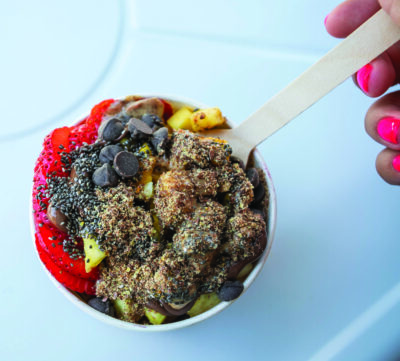Function and form are key priorities in today’s packaging world. Consumers and businesses alike expect materials that protect their contents while offering user-friendly features. Design details like reusability, secure closure, and visual appeal now factor heavily into packaging choices. With more attention being placed on waste reduction and storage efficiency, flexible solutions are leading the way. Modern packaging not only extends shelf life but also improves organization and convenience. Whether for home, retail, or industrial use, the right choice adds value beyond basic containment. Keep reading to see how innovation is reshaping this everyday essential.
Designed for Repeated Use
Reusable packaging options are gaining popularity thanks to their convenience and sustainability. Products that can be opened and sealed multiple times without wear or loss of function appeal to a wide range of users. The repeat-use capability extends the lifespan of the packaging, which helps reduce the need for single-use plastics. In personal and commercial environments alike, this benefit supports long-term value. Consumers often appreciate the ability to store, access, and reseal items without transferring contents to different containers. This practical element has helped redefine packaging as more than just a disposable material.
Ideal for Organization and Storage
Keeping products sorted and visible is one of the main advantages of flexible formats. Transparent or semi-clear designs allow for easy identification, while varying sizes support better categorization. Whether in a kitchen drawer, warehouse shelf, or retail display, smart packaging helps maintain order. Flat designs minimize wasted space, making them ideal for packing in boxes, bags, or bins. Businesses can use these tools to optimize workflow, and individuals benefit from cleaner, more efficient storage systems. It’s a solution that balances aesthetics and performance.
Flexible for a Range of Products
From snacks and spices to hardware and hygiene items, these packaging formats serve a wide spectrum of uses. Their flexibility allows them to accommodate solids, powders, or small tools while keeping them safe from air, moisture, and spills. Options range in size, thickness, and closure type, making them suitable for everything from travel-sized convenience to bulk supply management. This adaptability also makes them a smart option for branded product lines and promotional packaging. In both commercial and personal contexts, their versatility is unmatched.
Easy to Handle, Ship, and Display
Packaging should simplify—not complicate—handling and logistics. Lightweight, compact formats help reduce shipping costs and allow for more efficient packing. Their sleek design also makes them easier to display on shelves or in baskets, improving product visibility in retail environments. Businesses benefit from improved transport efficiency, and consumers enjoy the ease of carrying and opening their purchases. Functional design meets user experience at every stage, from fulfillment to unboxing.
Supporting Sustainability with Innovation
Eco-conscious consumers are pushing brands to rethink packaging choices. Biodegradable or compostable materials are becoming more mainstream, offering greener alternatives to traditional formats. These solutions are designed to perform reliably while still breaking down inappropriate waste streams. Brands are also adopting minimalist designs and recyclable inks to reduce environmental impact further. These innovations reflect a broader shift toward responsible consumption and smarter packaging strategies.
From household convenience to industrial efficiency, packaging continues to evolve with user needs in mind. Options like zipper bags offer the kind of versatility and simplicity that modern applications demand. As the expectations for performance, appearance, and sustainability grow, so does the importance of making informed packaging choices that meet today’s standards.






